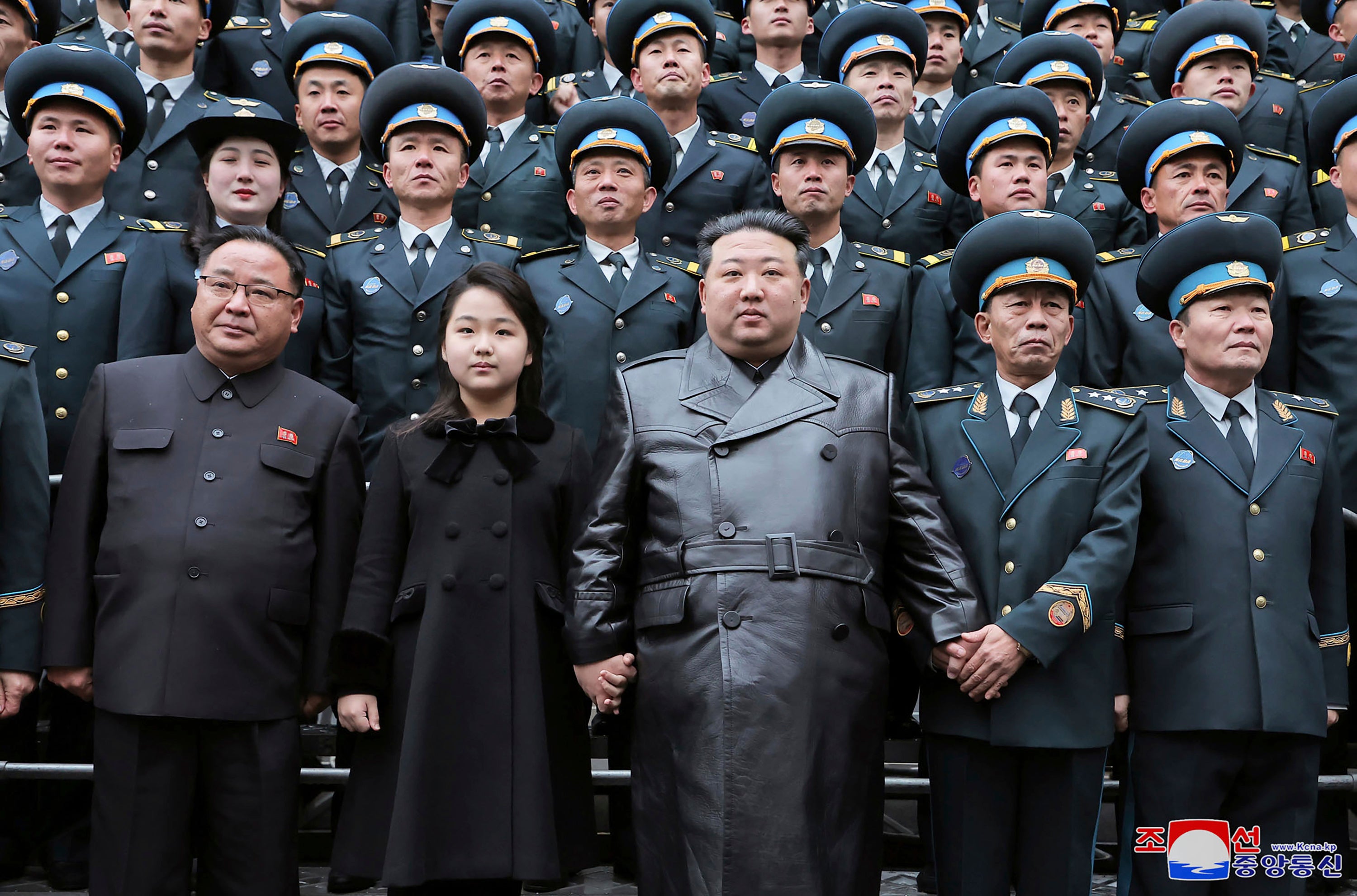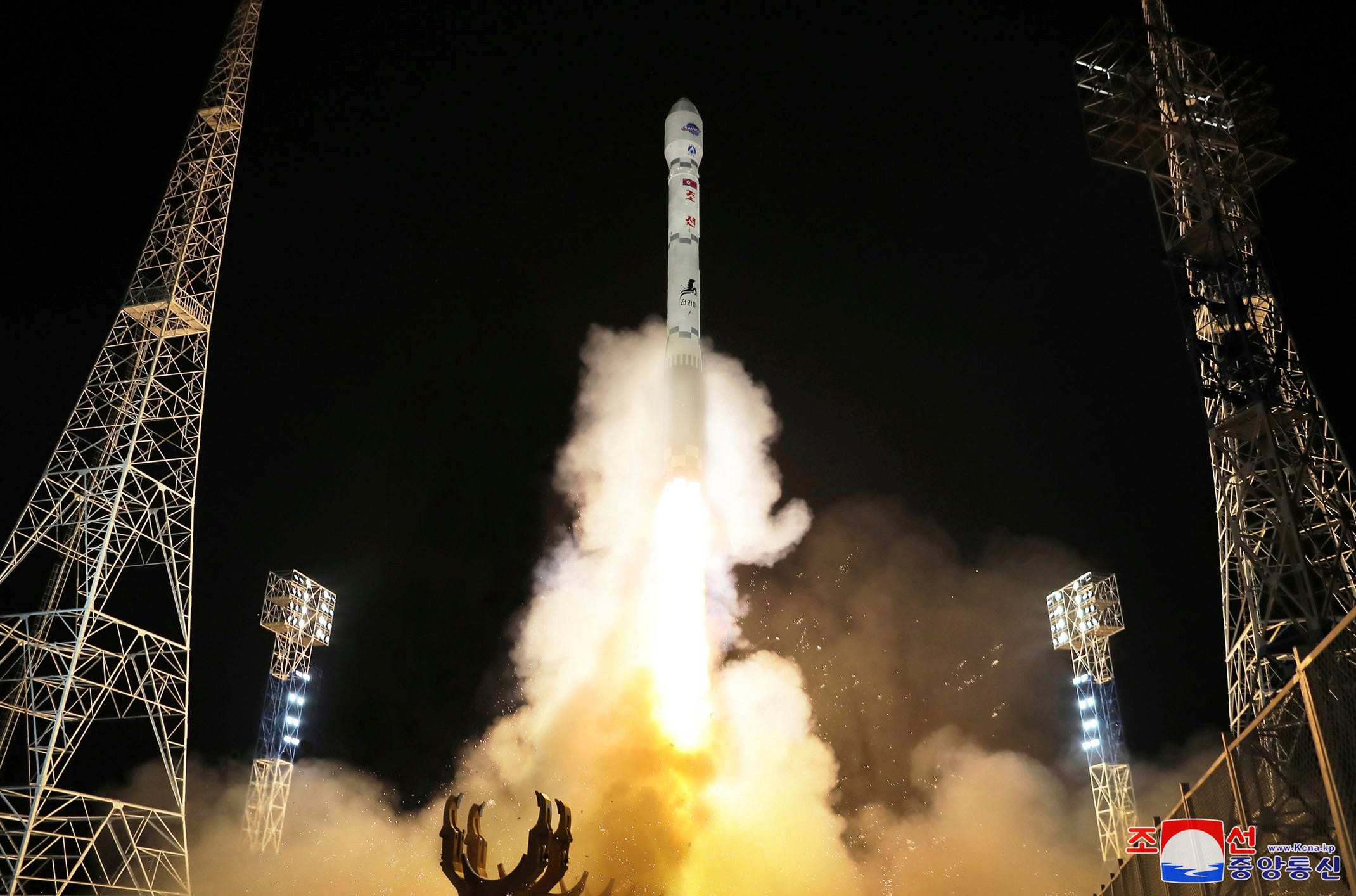Experts sceptical as North Korea claims new satellite has ‘detailed’ pictures of White House and Pentagon
North Korea has not released satellite images said to be of ‘major target regions’ taken by Malligyong-1
Your support helps us to tell the story
From reproductive rights to climate change to Big Tech, The Independent is on the ground when the story is developing. Whether it's investigating the financials of Elon Musk's pro-Trump PAC or producing our latest documentary, 'The A Word', which shines a light on the American women fighting for reproductive rights, we know how important it is to parse out the facts from the messaging.
At such a critical moment in US history, we need reporters on the ground. Your donation allows us to keep sending journalists to speak to both sides of the story.
The Independent is trusted by Americans across the entire political spectrum. And unlike many other quality news outlets, we choose not to lock Americans out of our reporting and analysis with paywalls. We believe quality journalism should be available to everyone, paid for by those who can afford it.
Your support makes all the difference.North Korea has claimed its leader Kim Jong-un reviewed “detailed pictures” taken by its first spy satellite of the White House and military bases of other countries.
However, North Korea has not released any imagery yet, leaving analysts and foreign governments to debate how capable the new satellite actually is.
While the existence of these images or their authenticity have not been independently confirmed, experts cast doubts over the usefulness of such pictures taken by the Malligyong-1 spy satellite launched last week.
The images were taken by the satellite on Monday, according to the state-run KCNA news agency. Mr Kim, who oversaw the launch with his daughter, is said to have reviewed them on Tuesday.
The series of images of what were described as “major target regions” included those of the White House, Pentagon, a US shipyard, and bases in Norfolk and Newport. Four nuclear-powered aircraft carriers and a British aircraft carrier were spotted, according to KCNA.
North Korea claimed the satellite also sent back pictures of military bases in South Korea, the US Pacific territory of Guam, and the state of Hawaii.
Mr Kim expressed “great satisfaction at the successful preparations for the operation of the reconnaissance satellite ‘Malligyong-1’ before the start of its official mission”, the statement from North Korea said.
Pyongyang launched the spy satellite on 21 November, sparking immediate condemnation from its neighbours and the US, as well as the UN, for violation of its sanctions. North Korean satellites are subjected to UN sanctions due to their inclusion of prohibited technology used in the regime’s ballistic missile programme.

The Pentagon said North Korea’s satellite did enter the orbit but did not comment on Pyongyang’s claims about the images it had captured.
“I will say that there are plenty of images of the Pentagon and the White House online,” Pentagon spokesperson Brigadier General Patrick Ryder told reporters.
South Korea confirmed that the satellite had entered orbit successfully but it has been unable to verify its capabilities of taking and sending images from space.

Dave Schmerler, a satellite imagery expert at the James Martin Center for Nonproliferation Studies (CNS), said that the satellite could be capable of seeing large areas or warships, as even a medium-resolution camera could offer Pyongyang that capability.
"But how useful those images are depends on what they want to use them for," he said.
For medium-resolution satellites to be useful in a conflict, North Korea would need to launch many more to allow more frequent passes over key sites, Mr Schmerler said, a goal that the North’s space agency has said it is pursuing.
“It’s a big leap for them going from zero to something, but until we can see the images they’re collecting, we’re speculating on its use cases,” he said.
The pictures of Mr Kim examining the satellite images with his daughter suggest they may be panchromatic, a type of black-and-white photography that is sensitive to all wavelengths of visible light, said Jeffrey Lewis, another researcher at CNS.

After the launch, Jonathan McDowell, an astronomer and astrophysicist at the Harvard–Smithsonian Center for Astrophysics, told Reuters that two new objects in an orbital plane were catalogued in the US Space Force data.
It was consistent with the launch from North Korea at the time stated by Pyongyang. “I conclude the objects are the spy satellite and the rocket upper stage,” he said.
But it remains unconfirmed whether its payload, the reconnaissance satellite Malligyong-1, is operating.
“To assess the success of this launch, it is crucial not only to determine whether the projectile entered orbit but also to secure the ability to adjust and conduct reconnaissance from that orbit,” said Hong Min, a senior fellow at the Korea Institute for National Unification.
"This includes verifying the capability to take pictures with optical cameras and transmitting them appropriately to the satellite centre."
Experts have said that if it is a low resolution satellite then it will not be able to provide North Korea with detailed intelligence on specific weapons systems.
But it would be still useful for identifying things such as large troop movements.
Additional reporting by agencies

Join our commenting forum
Join thought-provoking conversations, follow other Independent readers and see their replies
Comments